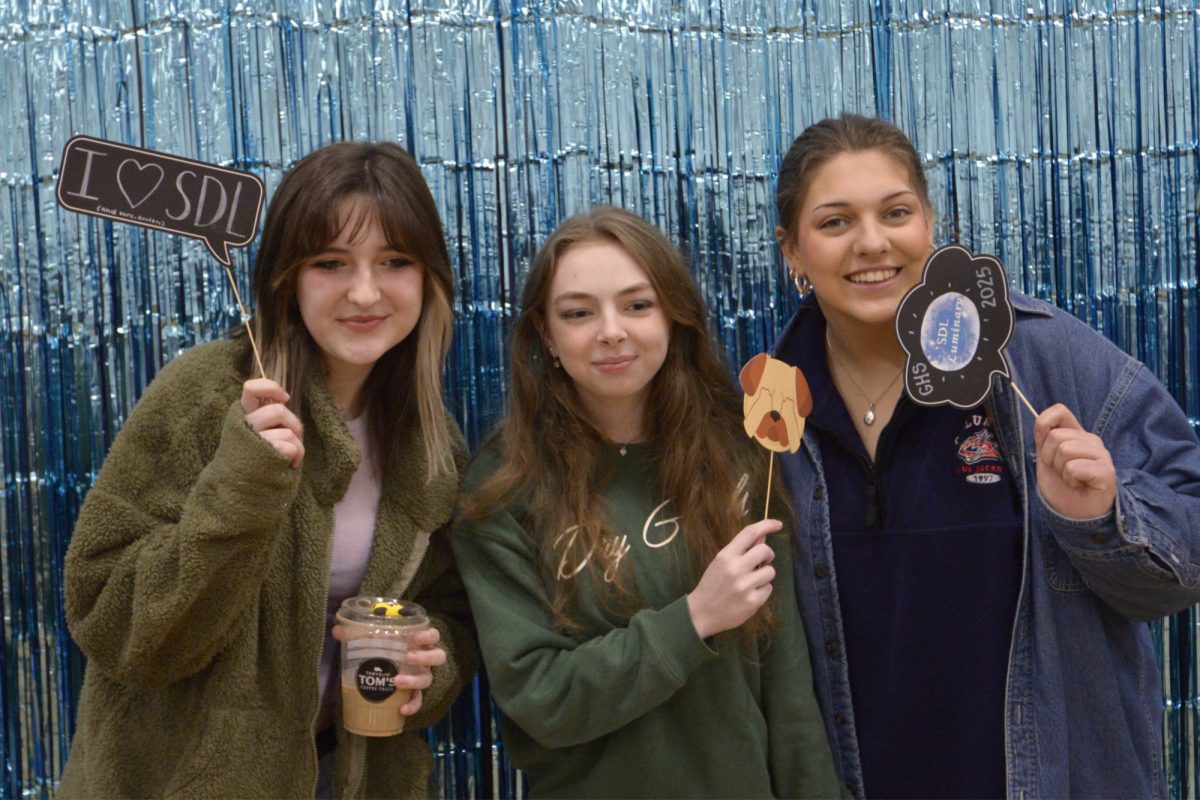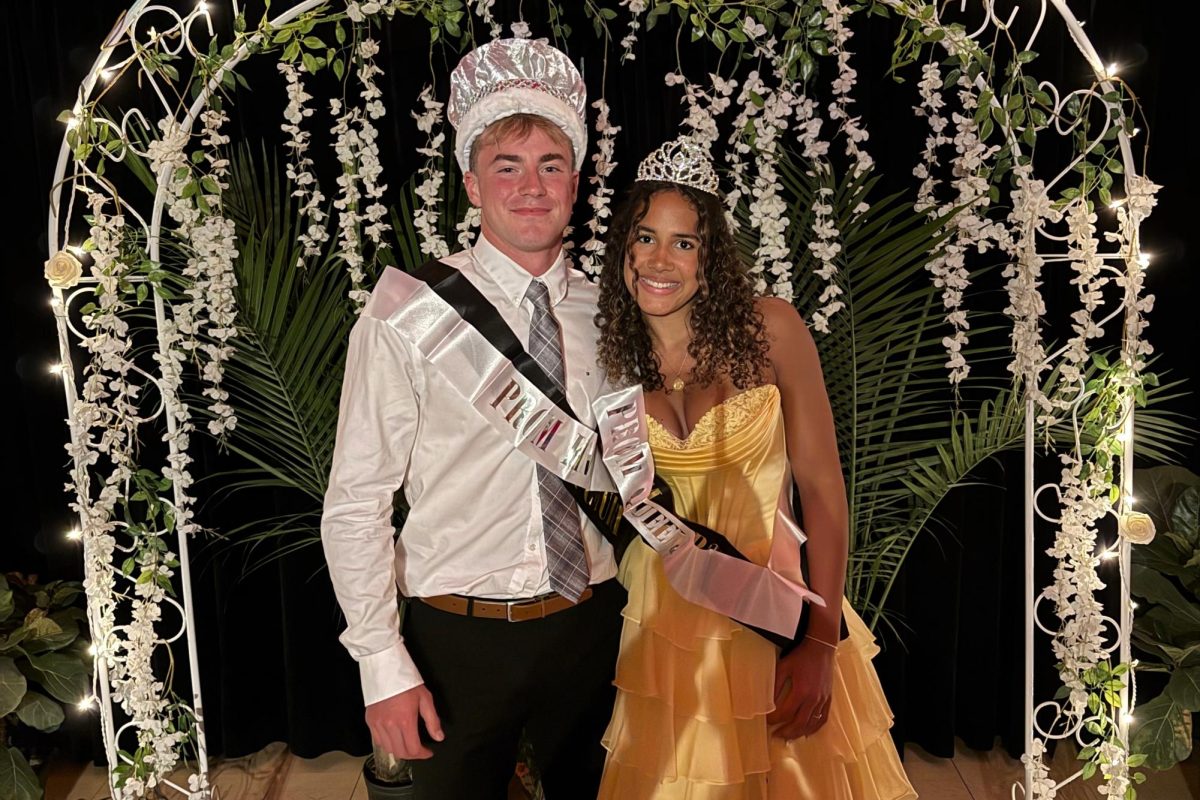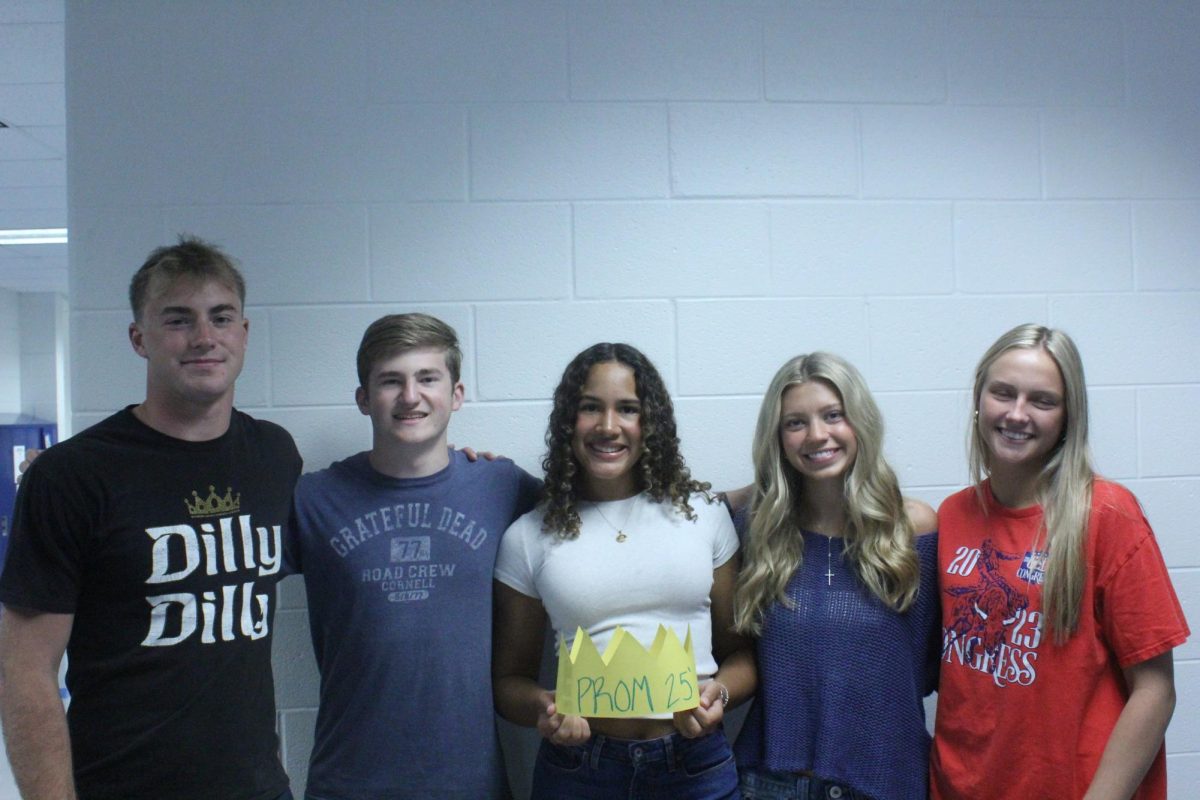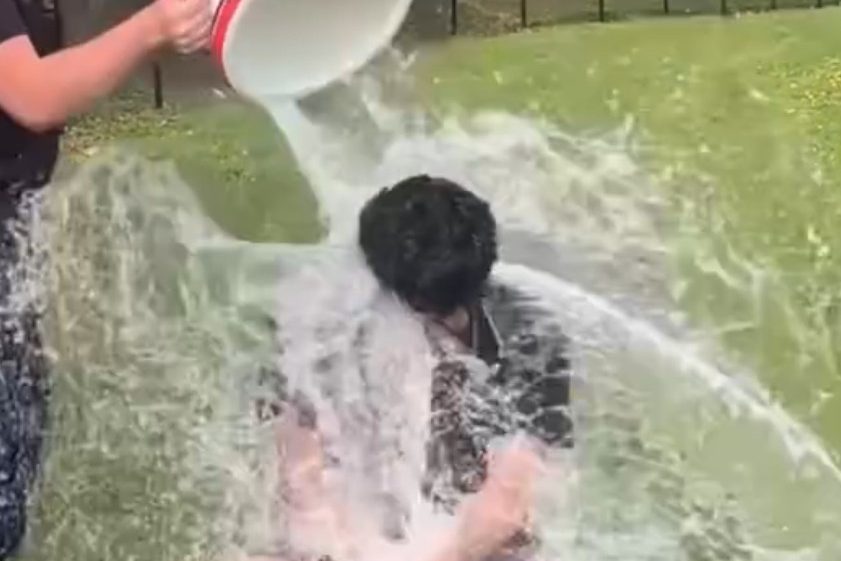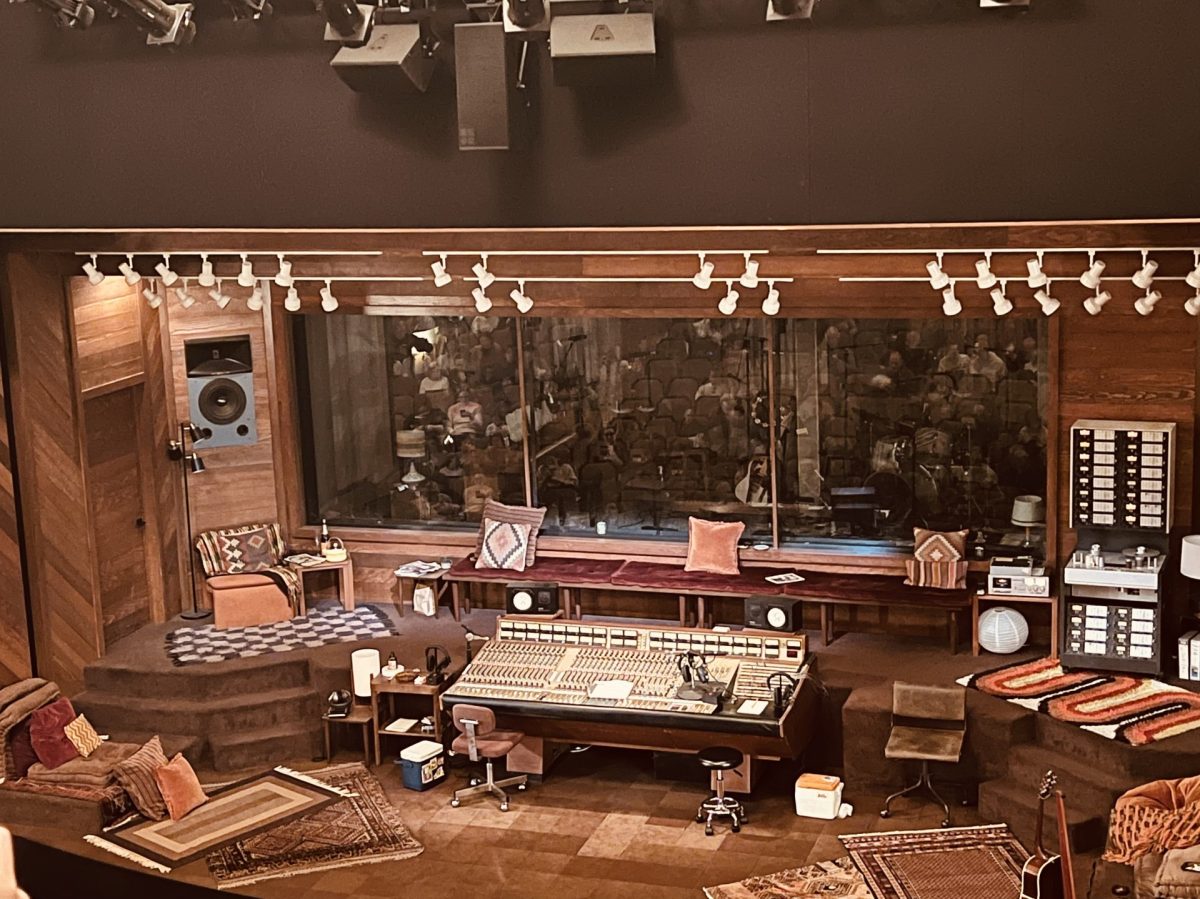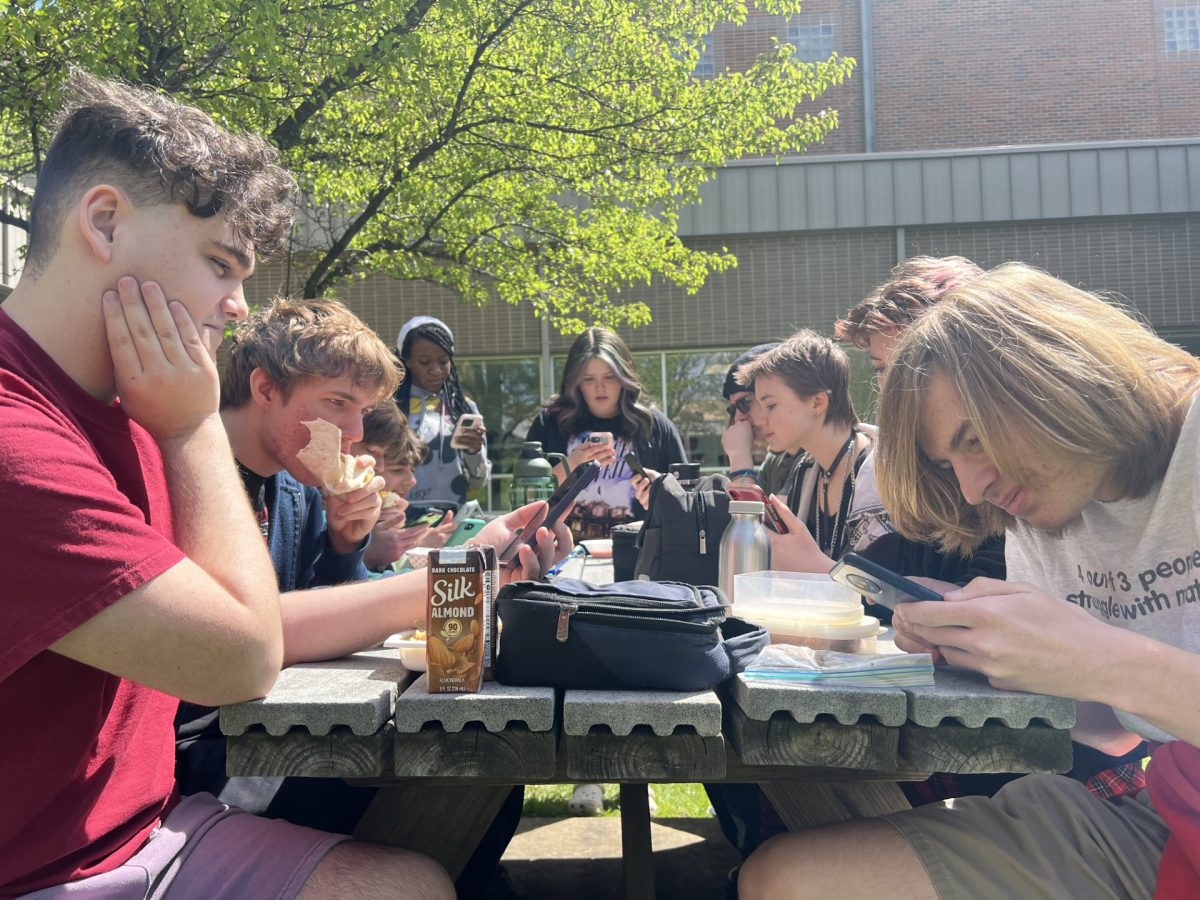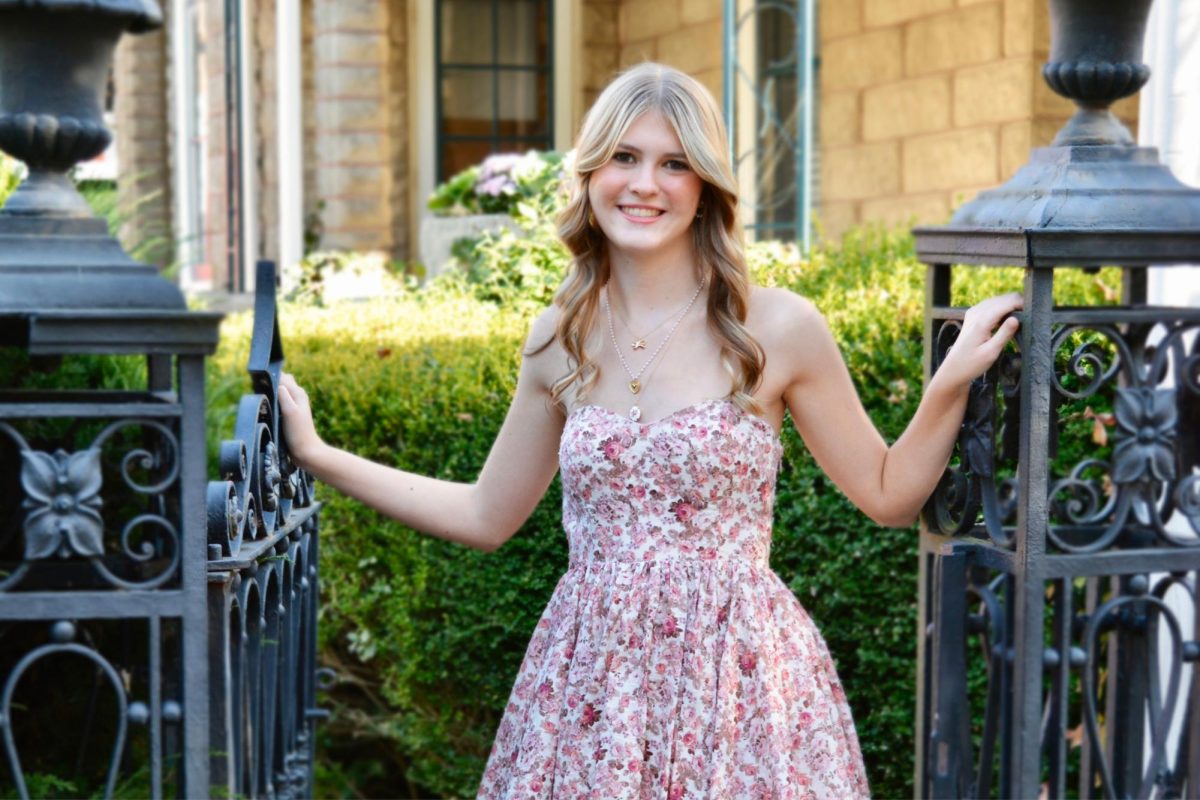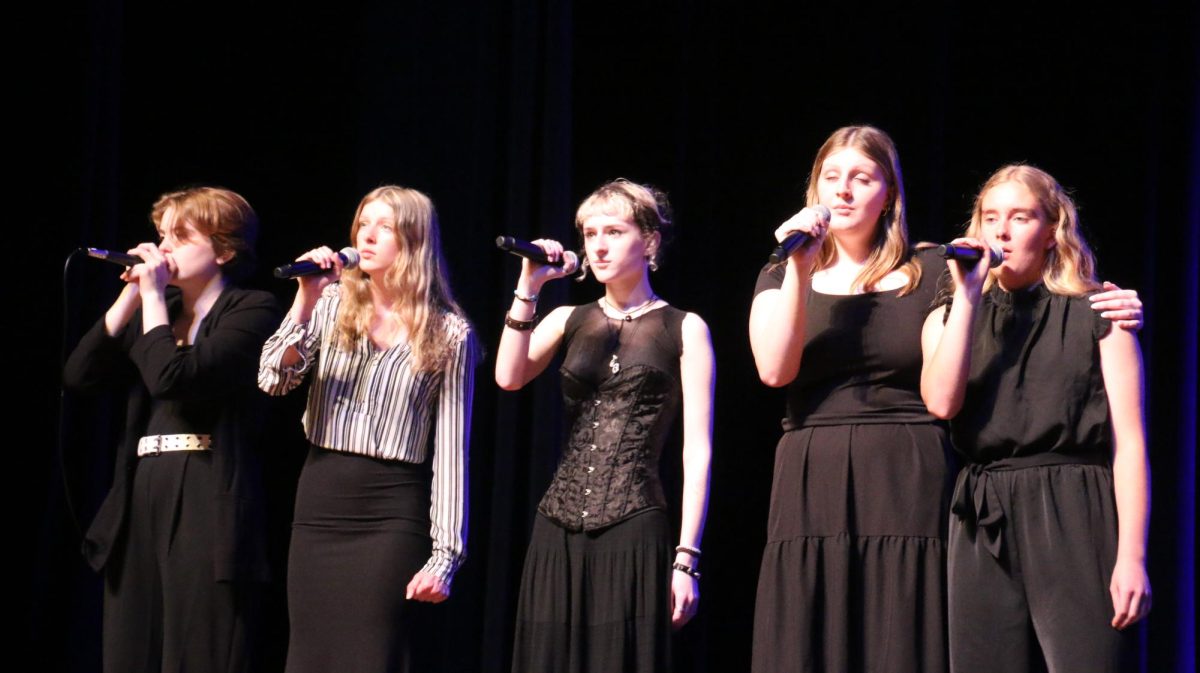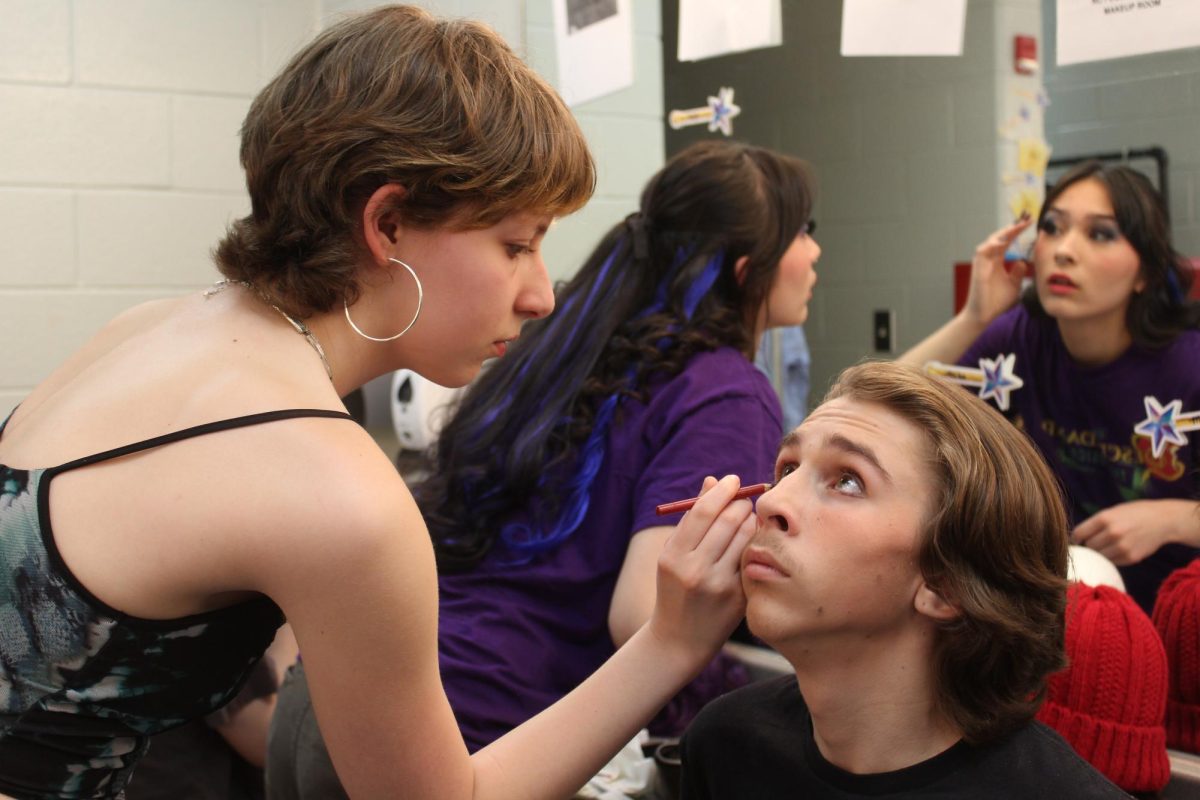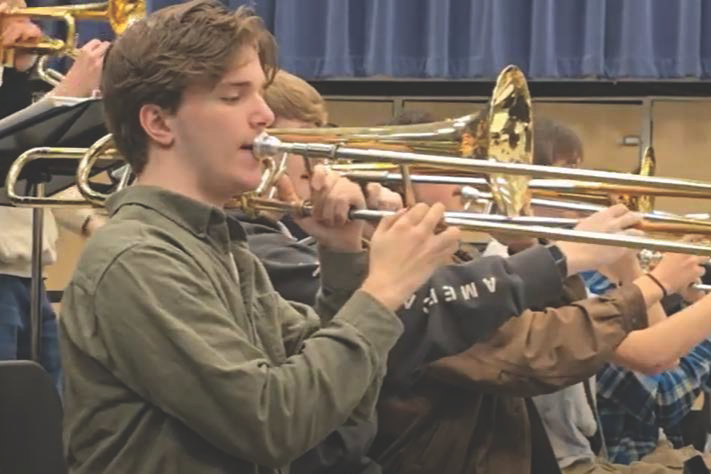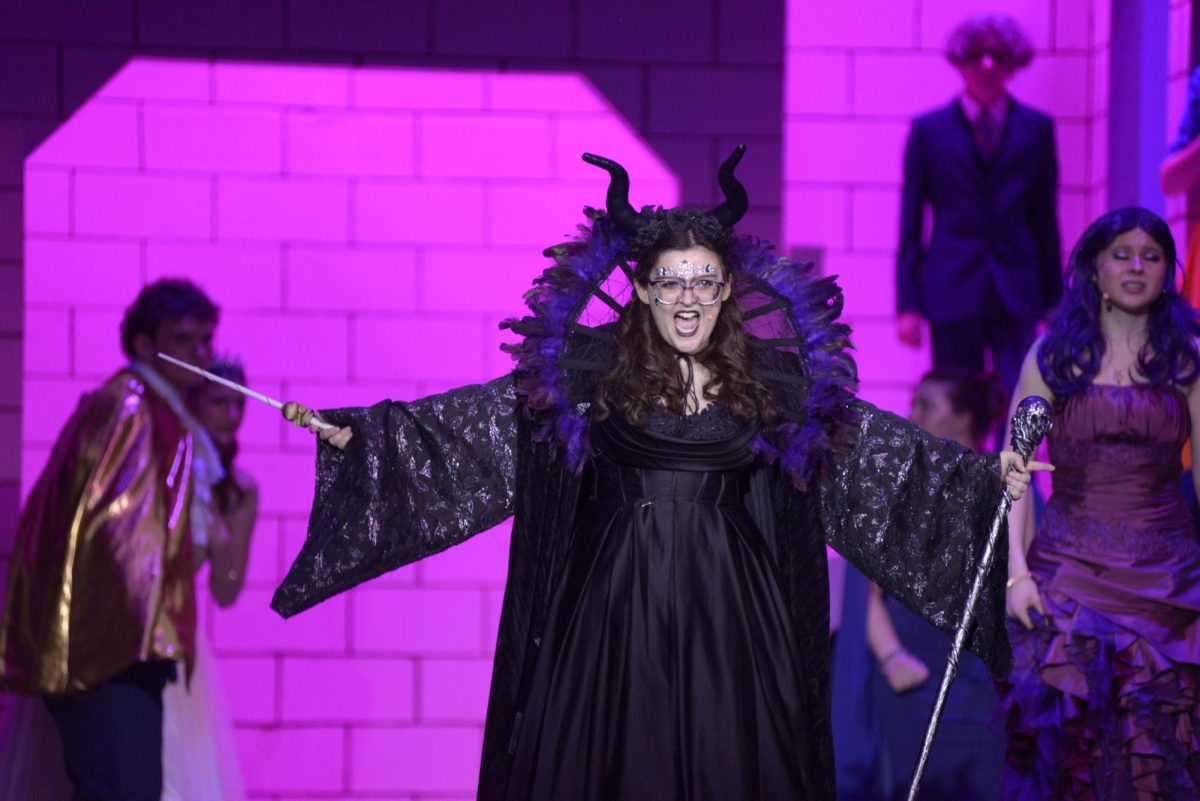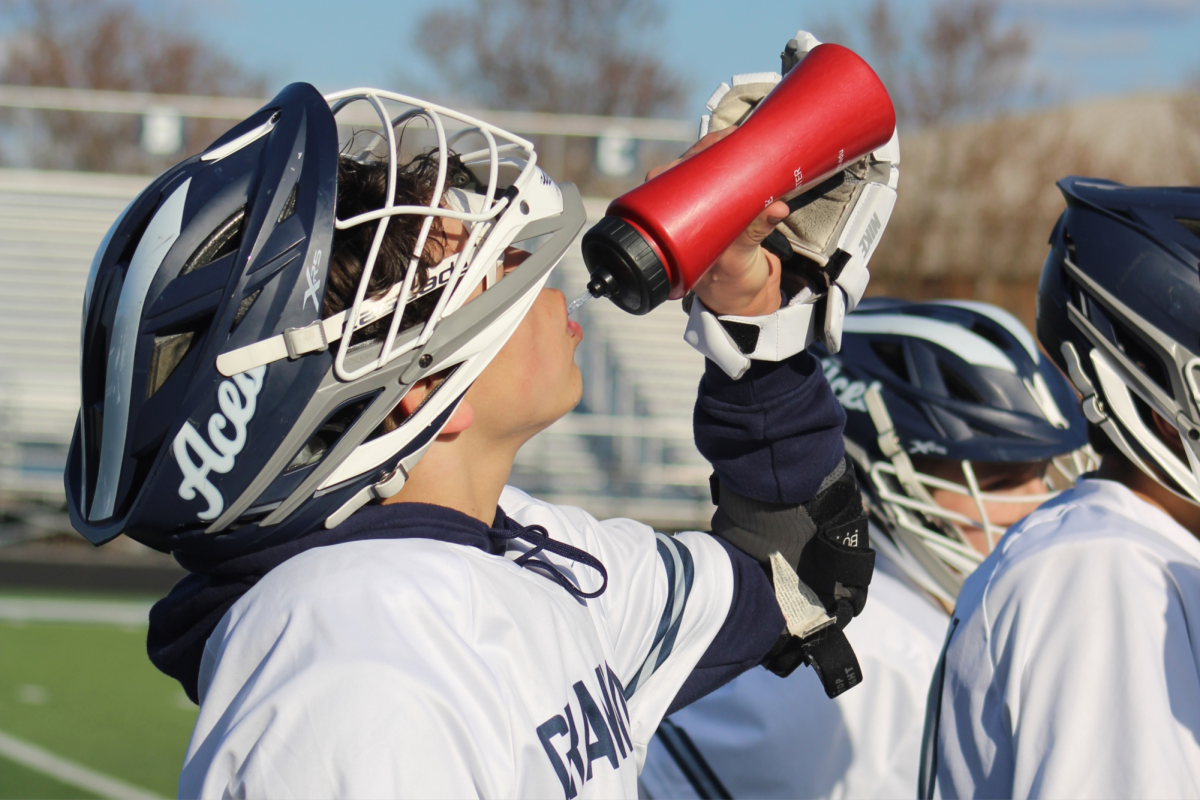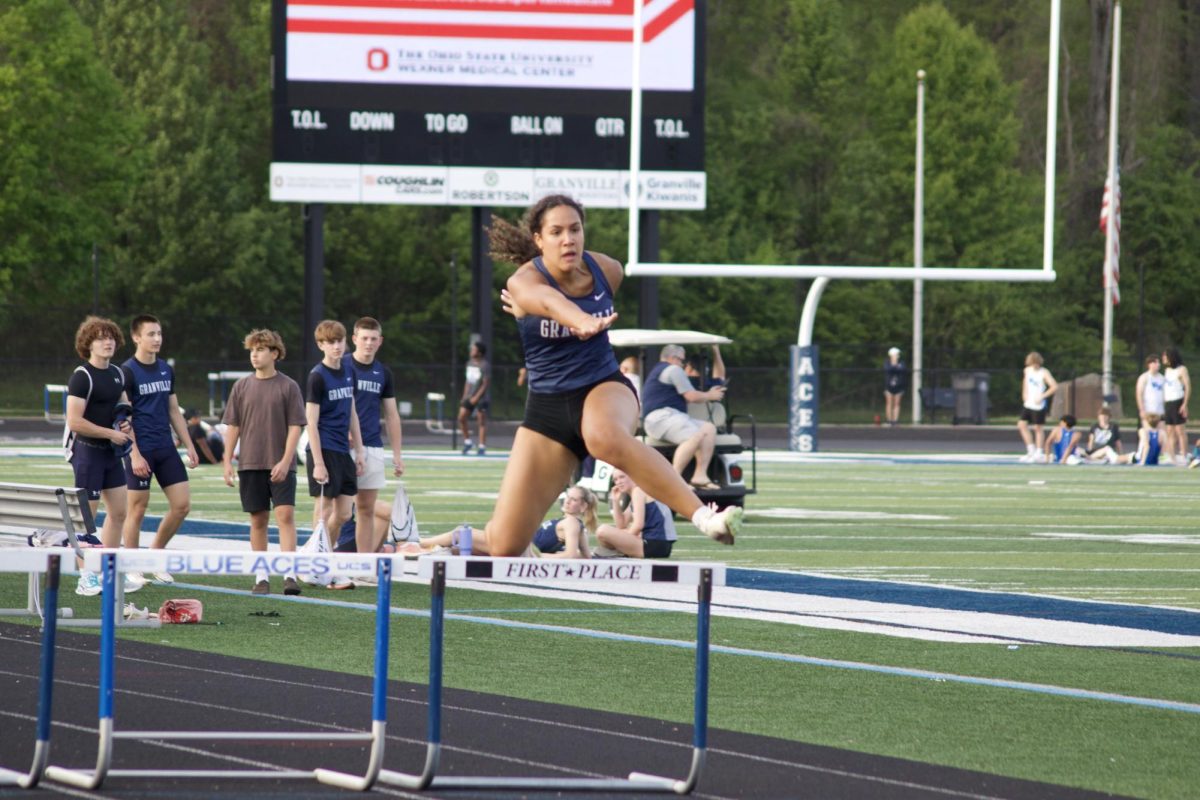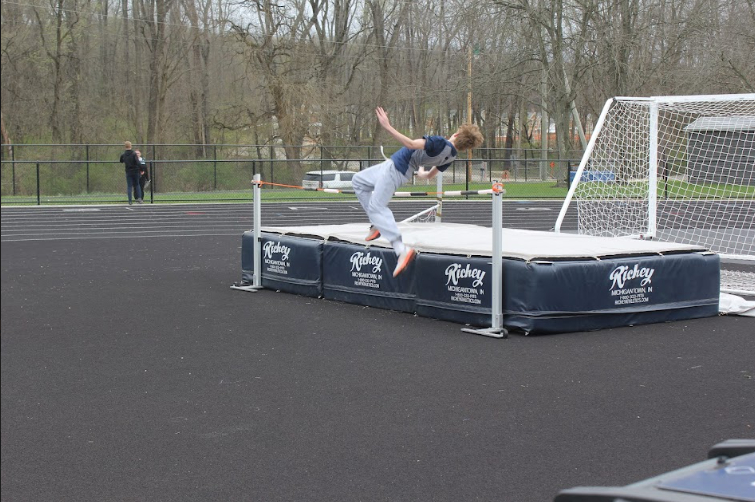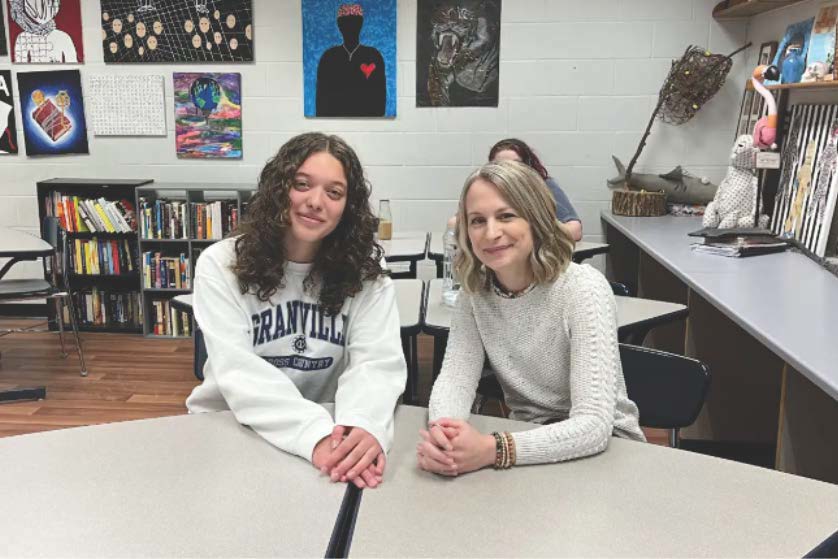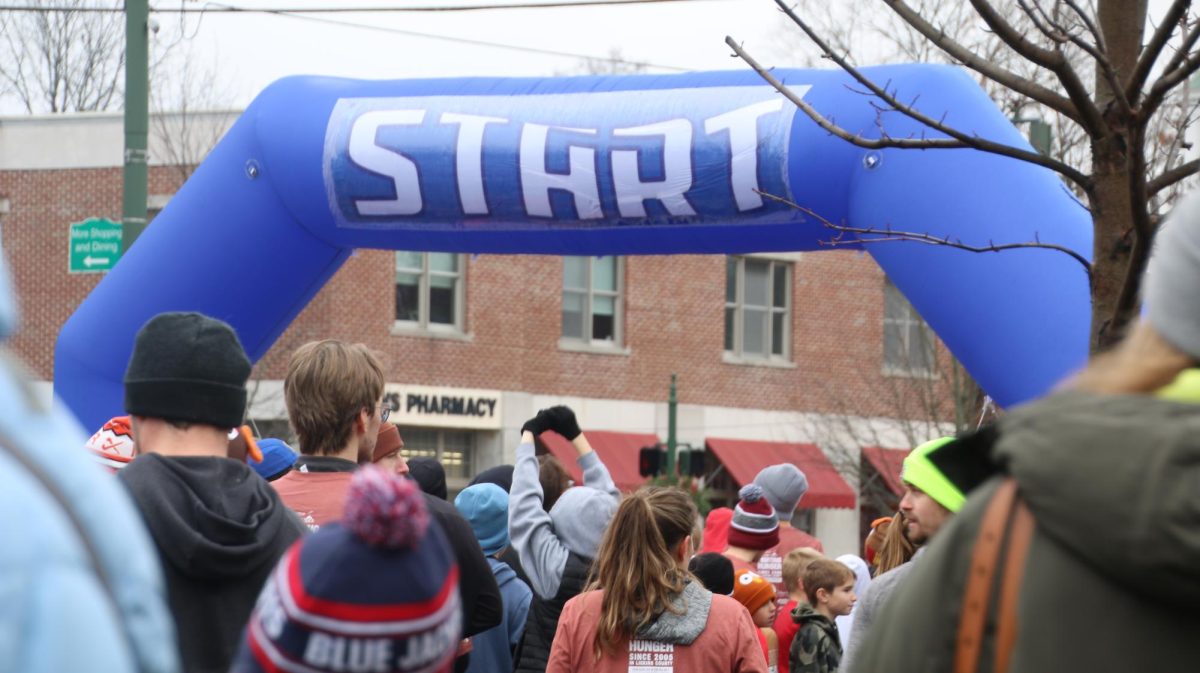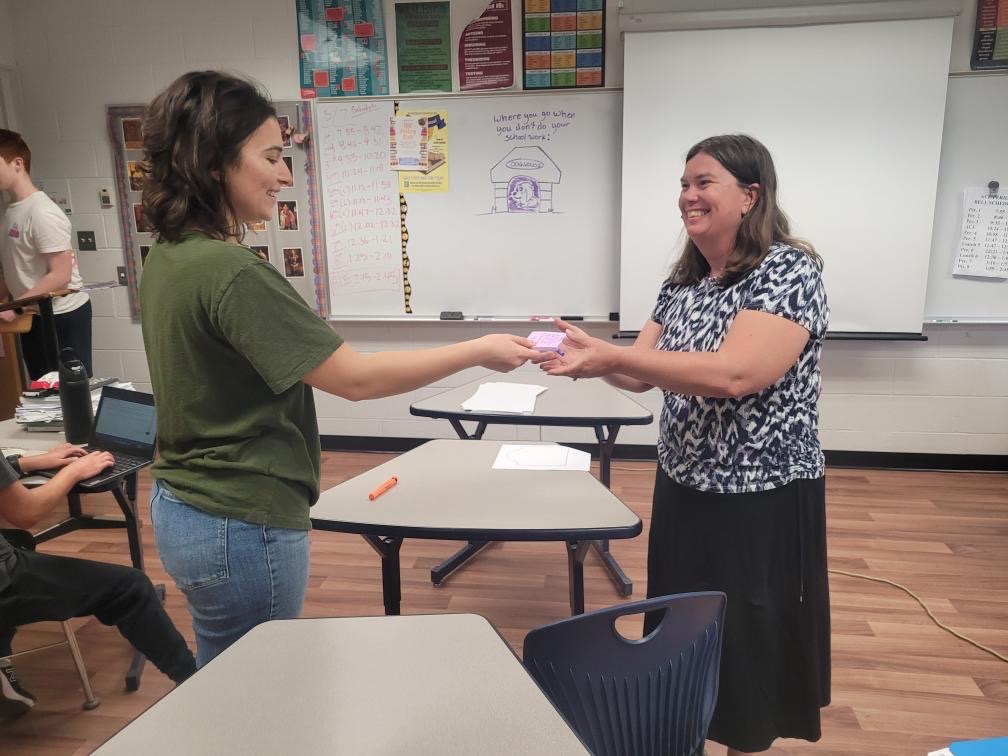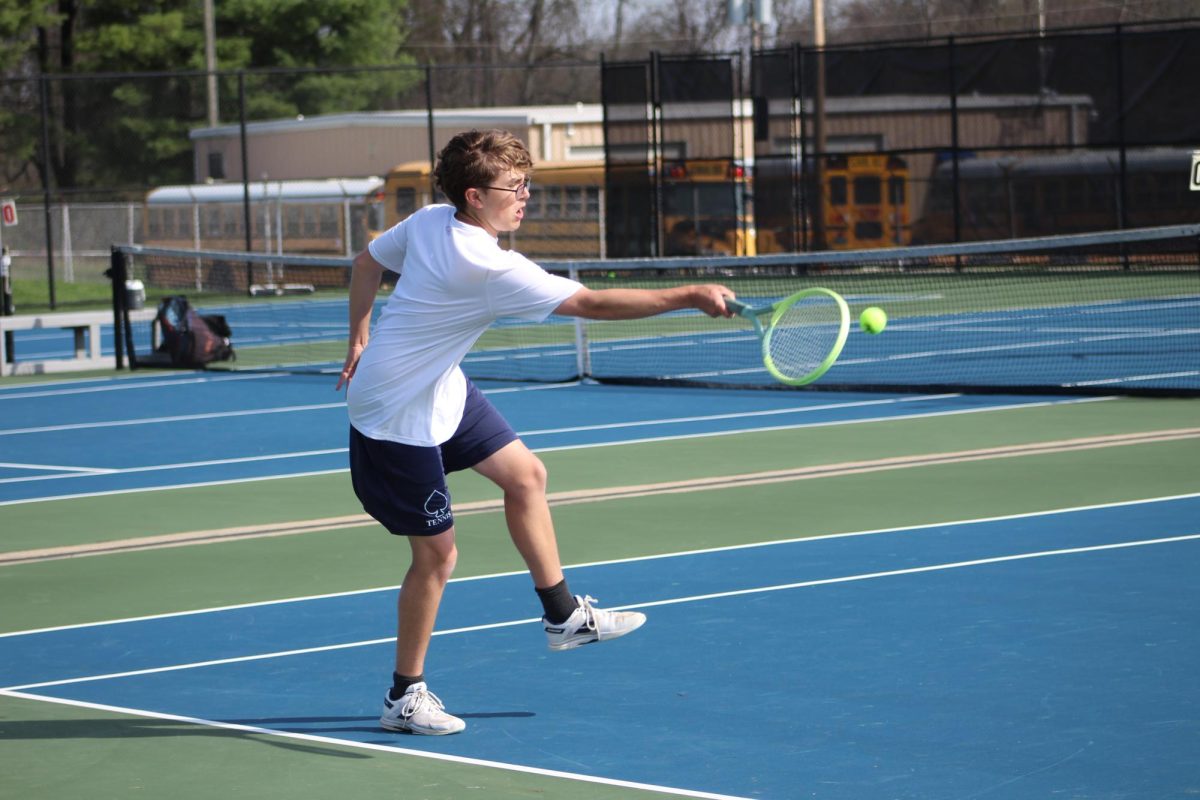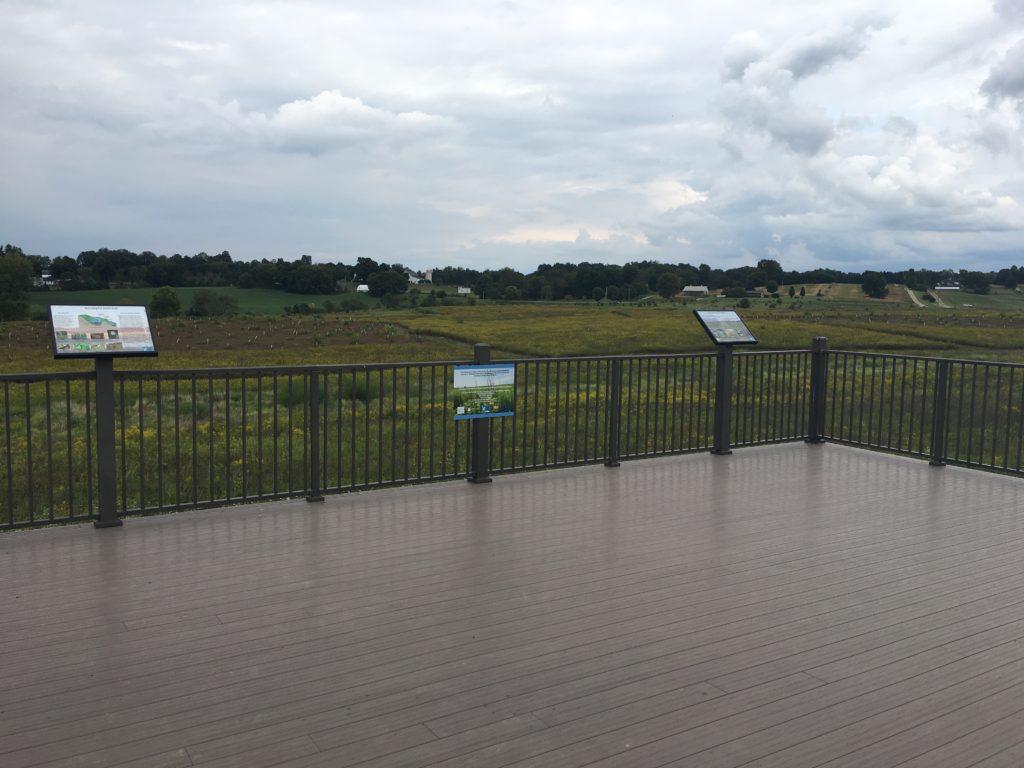BY NICHOLAS WILLIAMS (’20)
With the help of James Reding and his AP Environmental Science students, the Land Lab added several new features over the summer that will aid wildlife and educate the community.
Some of the most recent additions include educational signage, a bee apiary, raptor posts, a weather station and various new trails. However, the crown jewel of it all is the observation deck, which became operational in August. The observation deck sits atop a hill, overlooking the vast property of the Land Lab.
[tribulant_slideshow gallery_id=”62″]
Co-founder Reding said that he was proud of all of the Land Lab projects, “but the Observational Deck was the biggest and represents the culmination of almost three years of work.”
The observation deck is a testament to what Reding can do with the help of his AP Environmental Science students. Reding is continually impressed with their ability to get their ambitions goals accomplished. No idea is too small nor too far-fetched for this dedicated fraction of students. With this attitude, they have set their sights high on the future of the Land Lab.
Reding said his team plans to add bat houses and nesting boxes (for owls and water fowl) among other habitat features to increase biodiversity. Some other future additions include “Three Sister” gardens and a tree ID trail to the Maple Syrup woodlot.
The Land Lab, which is located on property surrounding the intermediate school, continues to be an ecological resource for students to learn about the environment and appreciate what nature has to offer.
Principal Matthew Durst, who has a child at GIS, says that they are very fortunate to have this wildlife sanctuary in their backyard. He is always pleased by the work that has been done by Reding and his AP Environmental Science students.
“Everything they touch turns to gold,” said Durst.



